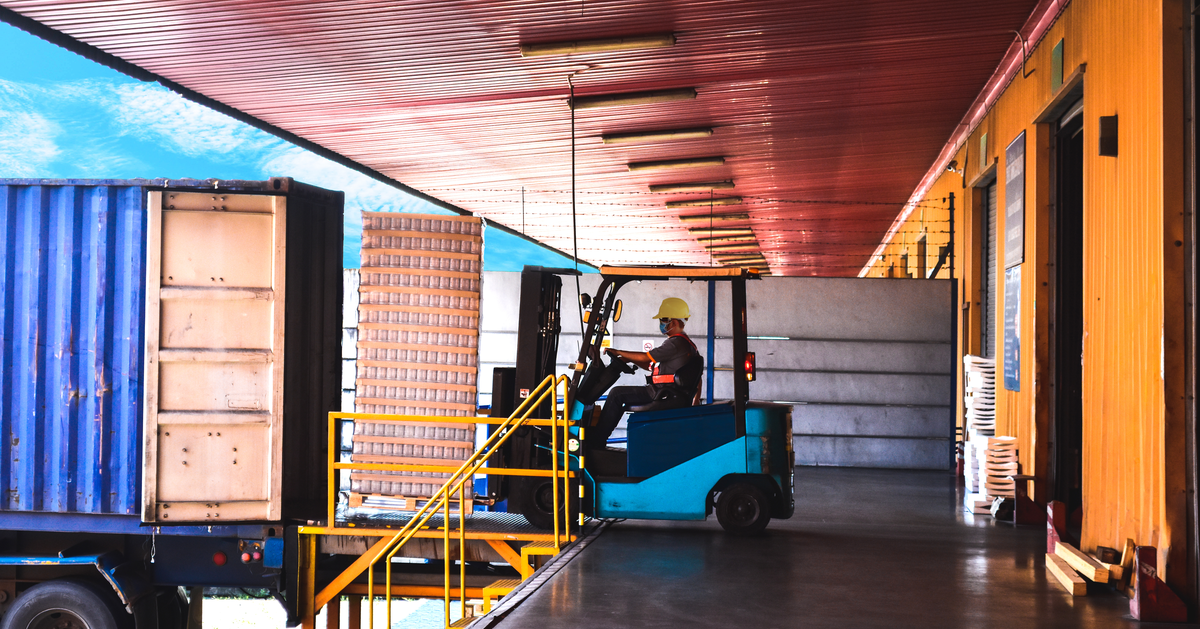A key factor for any logistics operation is the average turnaround time. By definition, the average turnaround time is the duration it takes to complete the entire process of loading and delivering finished goods. That might include moving items from a port to an inland warehouse or storing them temporarily near a port. Having a short average turnaround time is an excellent advantage. It also helps transporters keep pace when trying to improve efficiency and execute international freight movements. Remember that the turnaround time is essential for getting containers from port to destination. It will be easier to achieve a quick turnaround time by leveraging shorter hauls, more deconsolidation, and safety-driven unloading/loading processes. Let’s take a closer look at why and how collective services with streamlined strategies for port-to-storage can help.
Closer Warehousing and Storage Means Shorter Hauls for Getting Containers From Port to Destination
By having the warehouse and temporary storage facilities closer together, getting containers from port to destination will provide a shorter haul that results in a quicker average turnaround time. Closer warehousing is a highly beneficial way to make shipping more efficient and gain happier consumers. With the two locations in closer proximity, it gives the transportation company an upper hand in getting freight off the dock faster. This is the whole idea behind port-centric logistics, and as explained by Port Technology, “Warehousing is of critical importance to port-centric logistics because it allows businesses to store their goods at a port, as opposed to a separate distribution center. This cuts out unnecessary air miles, emissions, and costs, and significantly streamline supply chain processes.”
More importantly, the ability to rapidly unload with faster truck turnaround times and store freight and return the container to the port amounts to a reduced risk for added fees. Think about it. A shorter distance from the warehouse to the port will allow drivers to get back from unloading faster, which reduces the risk of per diem fees and equipment charges, and they can pick up another full container to get freight off the dock faster. That lessens the risk for demurrage too.
Containerized Freight May Require Deconsolidation
In recent years, the topic of freight consolidation has been relatively scarce. However, the added pressures on ocean liners have reignited the conversation surrounding the use of less-than-container-load (LCL) freight. LCL can help keep ocean costs in check but it will require deconsolidation. Deconsolidation can have an immense effect on reducing shipping costs, as well as faster transport, but again, it depends on the speed at which companies can deconsolidate the loads. In other words, getting a consolidated container to a third-party location for deconsolidation, such as a local warehouse, can save time. Moreover, the speed at which the shipping container returns to the dock is critical to getting it loaded with exports or sent back empty to the point of origin. It’s a complex process, but it comes down to this. If the container takes too long to return to the dock, it effectively means that U.S. importers cannot leverage that space for an extended duration.
It Also Lessens Safety Risks
Take a moment to let this example sink in. A drayage services company moves a container from a port to an inland location 150 miles away. If that location is pressed for time, given the risk of per diem charges, staff are more likely to rush. Rushing while unloading or loading a shipping container increases safety risks and the risk of damage to the freight. By moving storage closer to ports, working with a company that offers both port drayage and storage, staff are more likely to exercise caution when working. That amounts to fewer safety risks, helps to prevent freight and cargo damage, leads to faster turn-times for the container, and creates a more productive supply chain.
The Big Picture: It All Amounts to Getting Average Turnaround Time Lower
A shorter haul, faster deconsolidation, and reduced safety risks improve port logistics operations. The efficiency gains amount to getting freight to end-users faster. Not only can warehousing near ports save time, but it is a useful way to increase throughput in the supply chain without incurring significant investment costs. Connect with PortCity to learn more about how your team can streamline its approach to managing drayage and more while reducing the average turnaround time.
